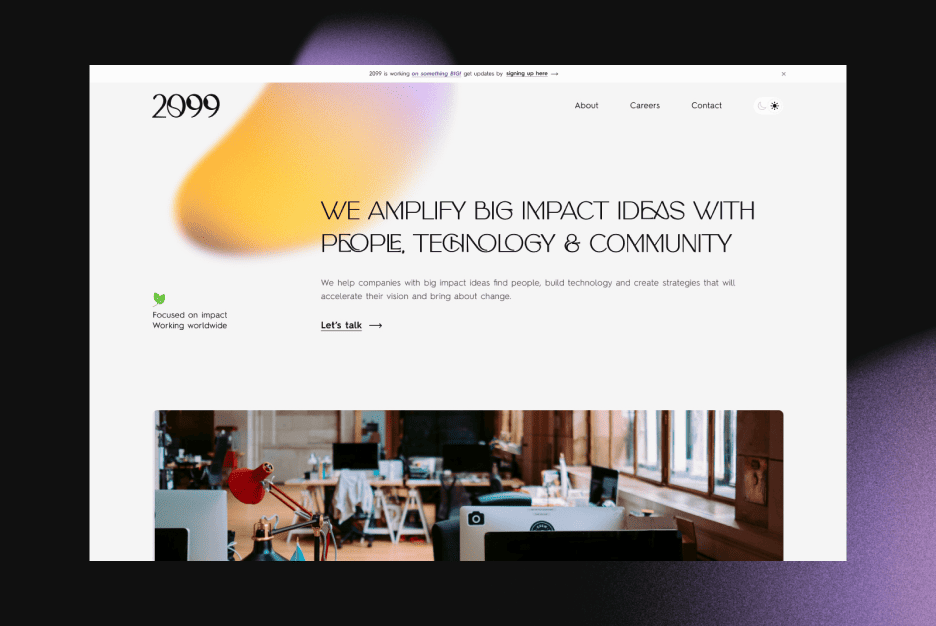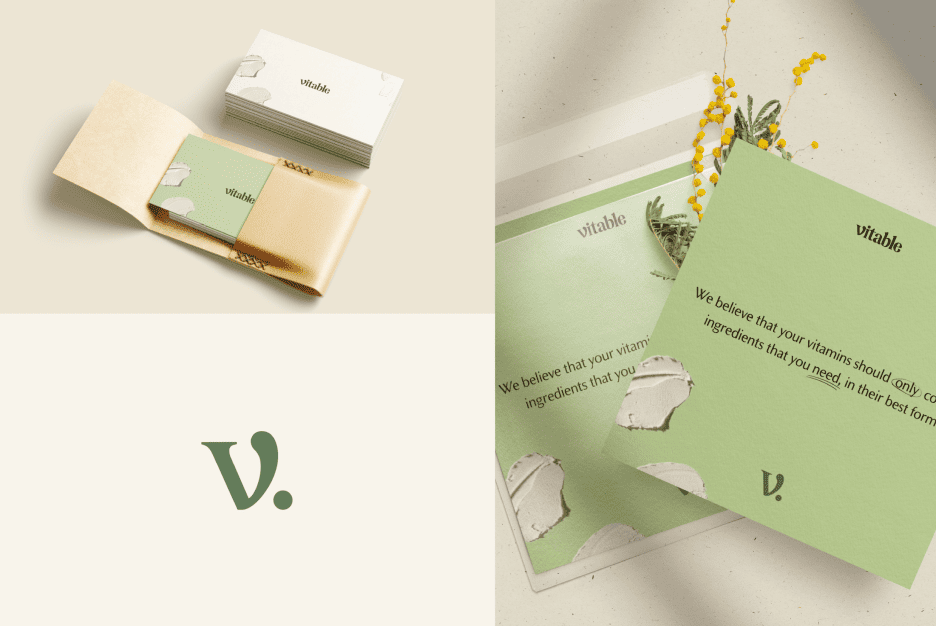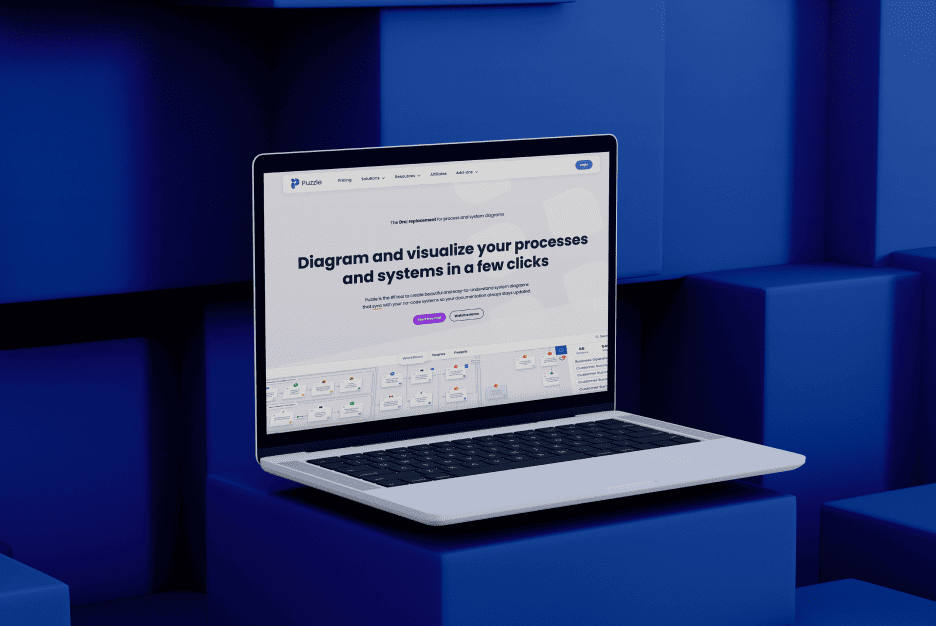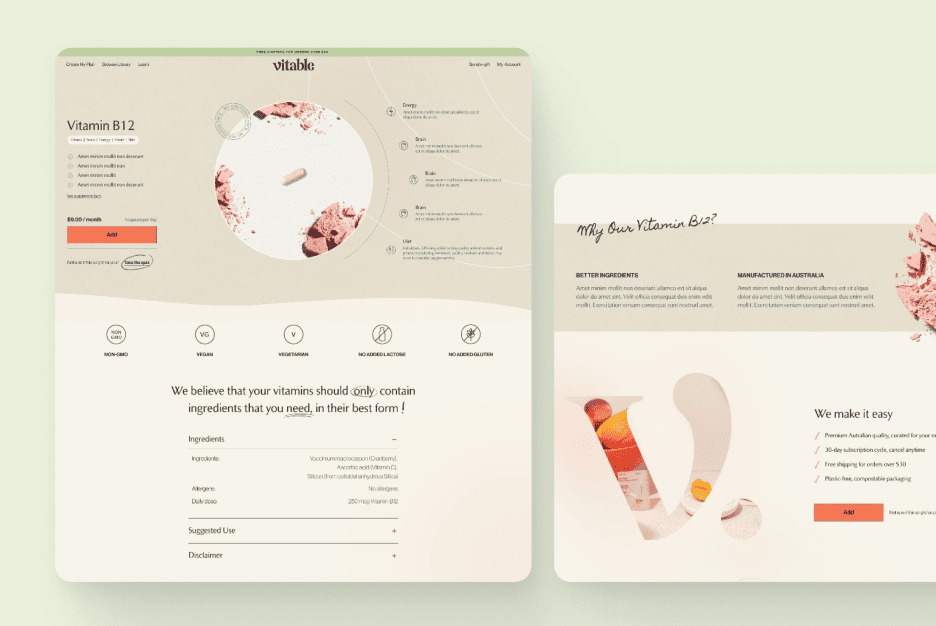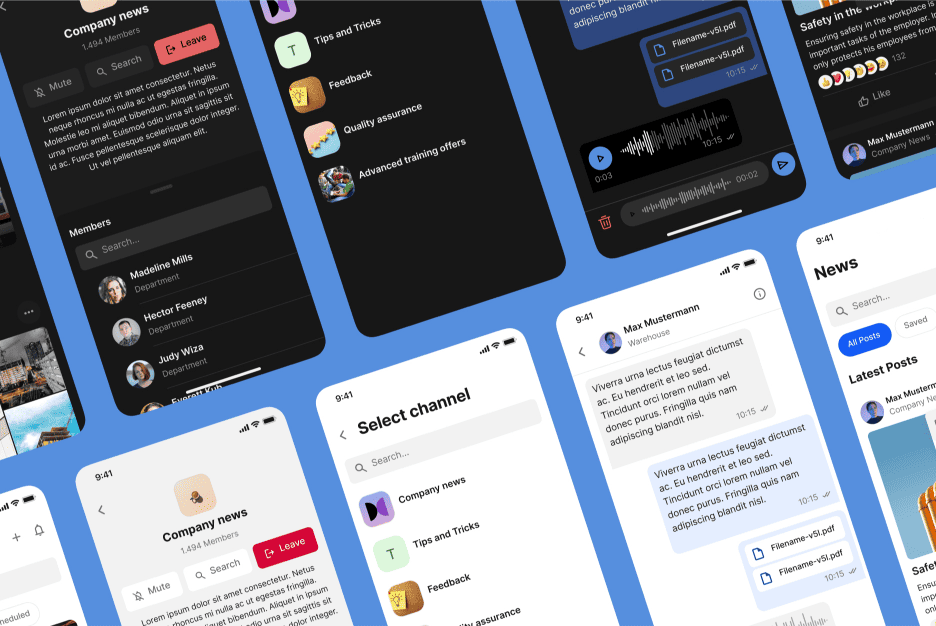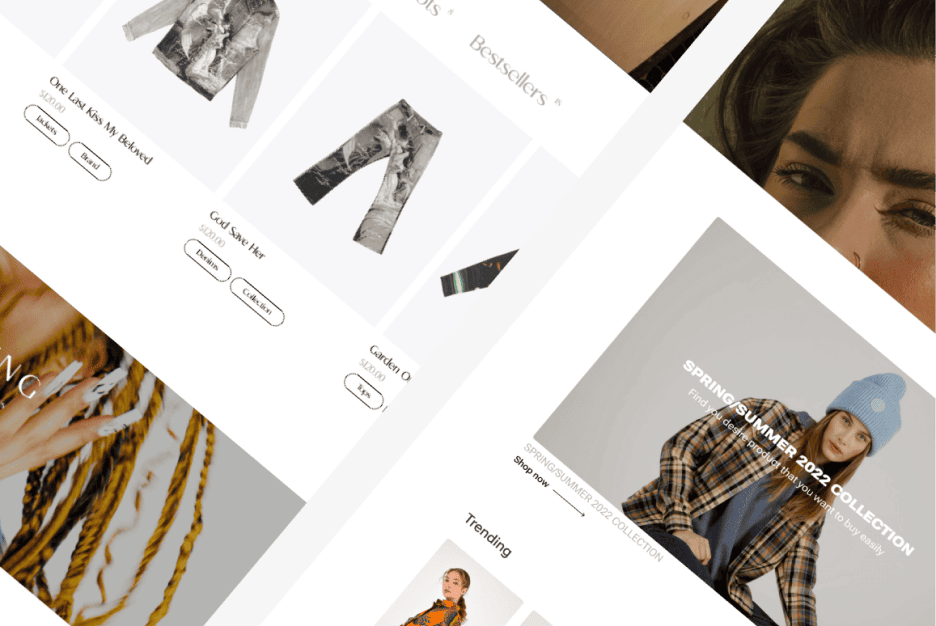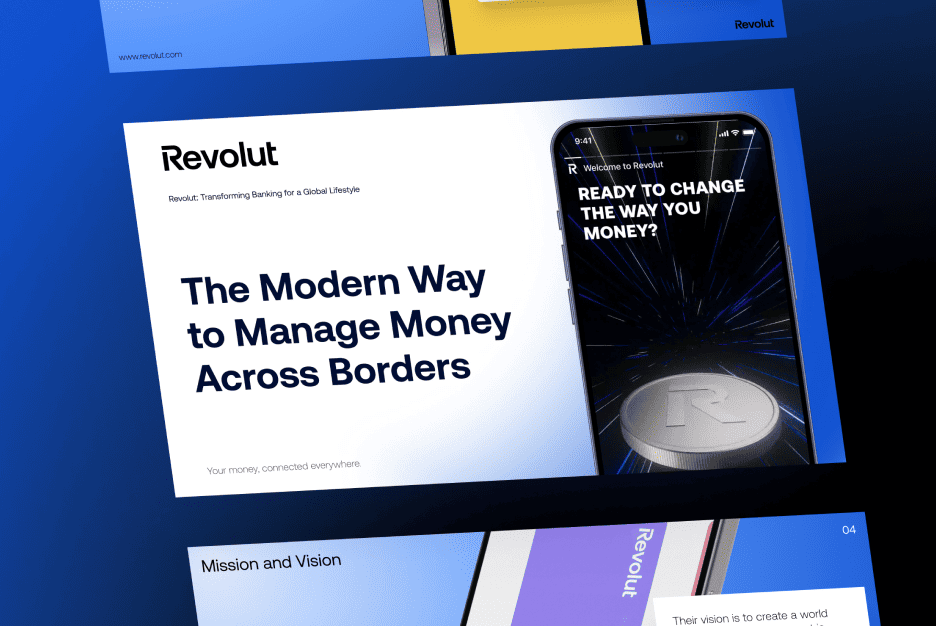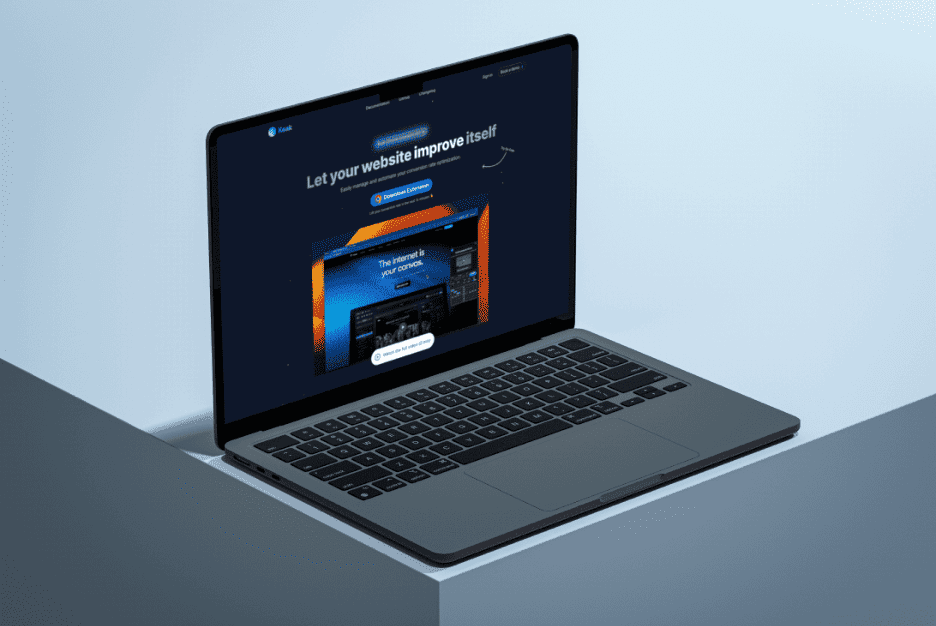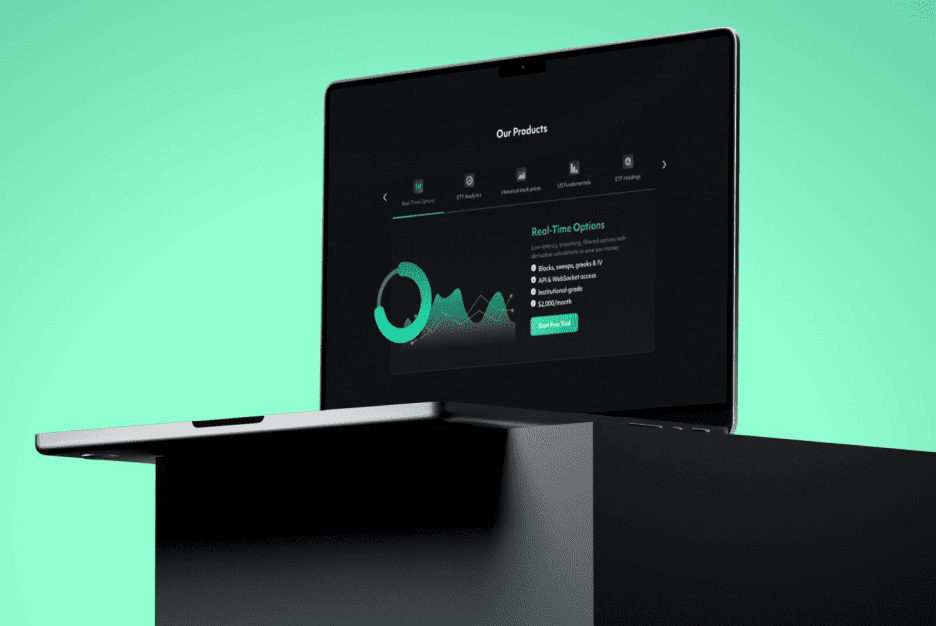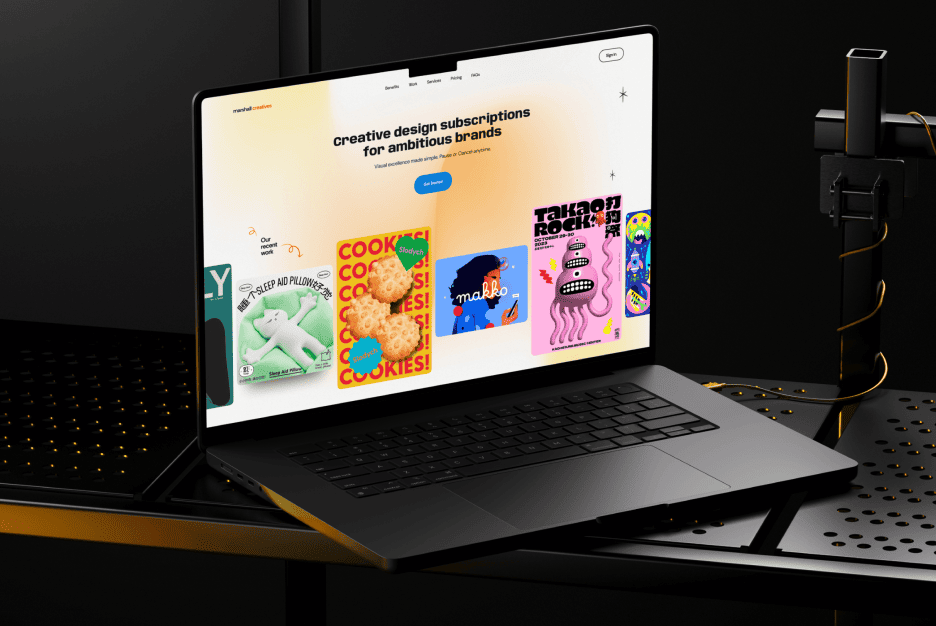Why Emotional Design Matters?
In the fast-paced world of digital products, where competition is fierce, emotions are the secret ingredient that makes a product memorable. Gone are the days when functionality and usability were enough to win over users. Today, emotional design is at the forefront of creating products that resonate on a personal level.
Emotional design isn’t just about making things look pretty—it’s about forging connections, evoking feelings, and driving user actions through intentional design. Whether it’s a playful animation that makes you smile or a seamless interaction that builds trust, emotions shape how users perceive and engage with digital products.
Let’s explore how emotional design impacts user experience, the strategies you can implement, and the tools to take your designs to the next level.
The Psychology Behind Emotional Design
Emotions are at the core of every human decision. Research from Harvard professor Gerald Zaltman reveals that 95% of purchasing decisions are subconscious, driven by emotions rather than logic. In the digital space, the same principles apply—if your product sparks joy, excitement, or trust, users are more likely to engage and stay loyal.
Why Emotions Matter in Design:
- First Impressions Count: Users form an opinion about your product within seconds. A visually appealing interface can immediately create a positive emotional response.
- Memorability: Products that evoke emotions are more likely to be remembered and recommended.
- Trust and Loyalty: Positive emotional experiences build trust, which turns users into advocates.
Case Study: Spotify’s “Wrapped” feature isn’t just data visualization—it’s an emotional journey. By reflecting a user’s listening habits in a playful and personalized way, Spotify creates joy and builds loyalty year after year.
Related Reading: The Power of Color Palette in Web Design to learn how colors impact emotional responses.
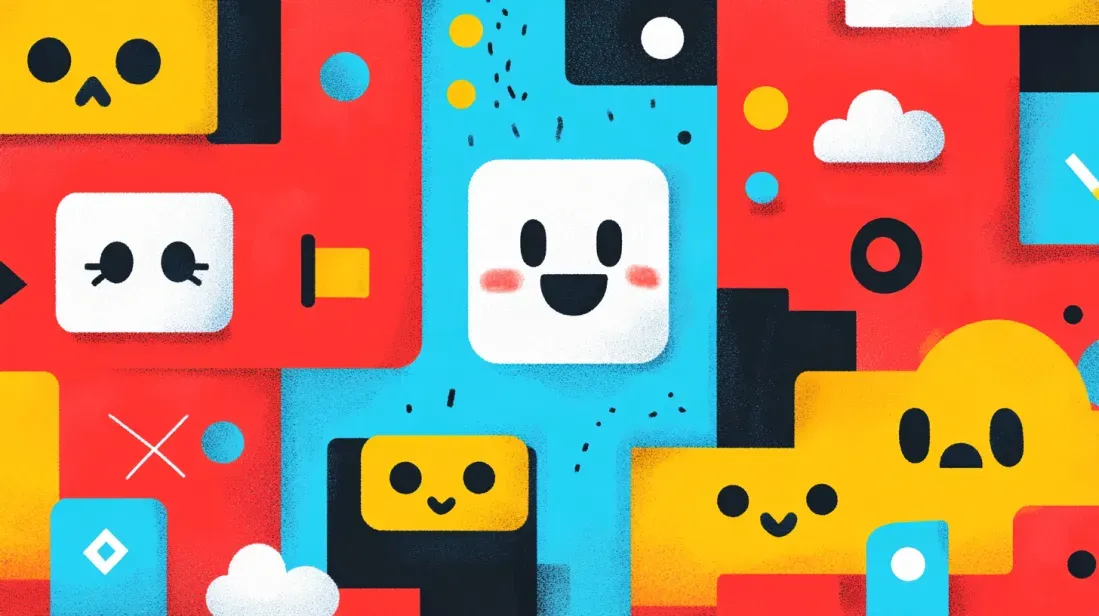
Crafting a Visceral Experience: The First Impression
The first seconds of interaction define the user’s experience. Visceral design, as described by Donald Norman, focuses on aesthetic appeal and creating an immediate emotional reaction.
How to Nail Visceral Design:
- Use Color Psychology: Colors evoke specific emotions—blue for trust, red for energy, and green for balance.
- Incorporate Micro-Animations: Subtle transitions and interactions can add delight without overwhelming the user.
- Typography That Speaks: Bold, clean typography with a clear hierarchy enhances readability while evoking professionalism.
Example: Airbnb’s homepage greets users with stunning, immersive visuals of travel destinations, creating instant excitement and wanderlust.
Related Reading: The Rise of Gradients in Web Design: From Minimal Elegance to Bold Statements to learn how to use gradients for impact emotional responses.
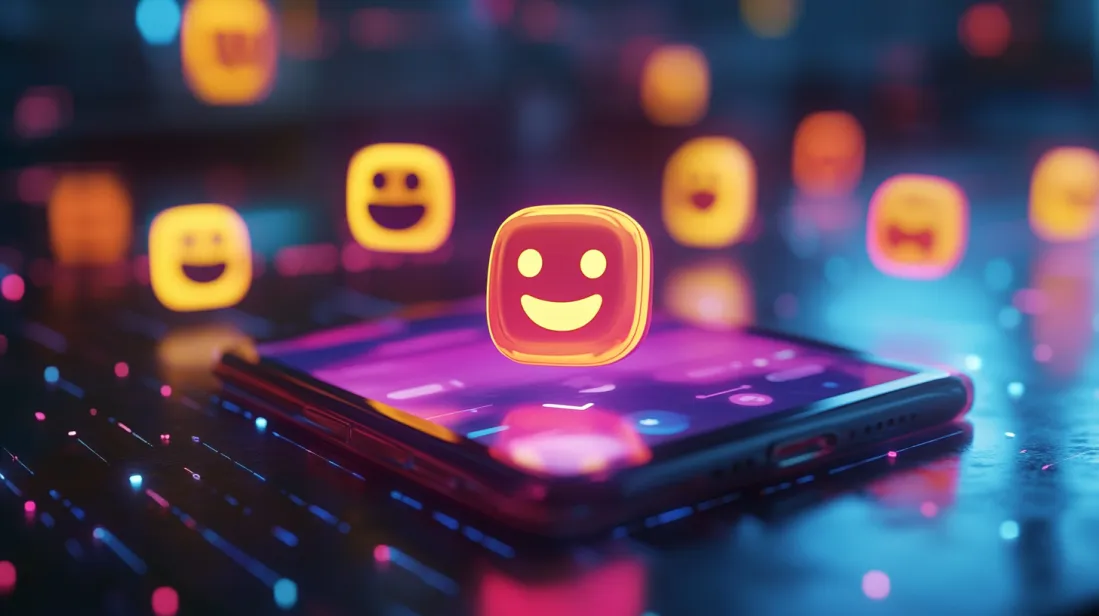
Emotional Usability: Making Users Feel Empowered
While beauty captures attention, usability keeps users coming back. Behavioral design focuses on creating an experience where users feel in control, empowered, and satisfied.
Tactics for Emotional Usability:
- Simplify Navigation: Avoid overwhelming users with too many choices. A clean, intuitive menu structure guides users effortlessly.
- Add Feedback Loops: Interactive feedback, like a progress bar or confirmation message, reassures users and builds trust.
- Delightful Error Handling: Even mistakes can evoke positive emotions with the right messaging. Slack, for example, uses humor in its error messages to turn frustration into amusement.
Pro Insight: Think of Google Search. Its simple interface combined with near-instantaneous results creates a feeling of efficiency and satisfaction.
External Resource: Explore this article on Why Simplicity Wins in UX Design.
Also you can read our article The Designer’s Guide to Smart UX Testing: When Minimal Changes Make Maximum Impact.
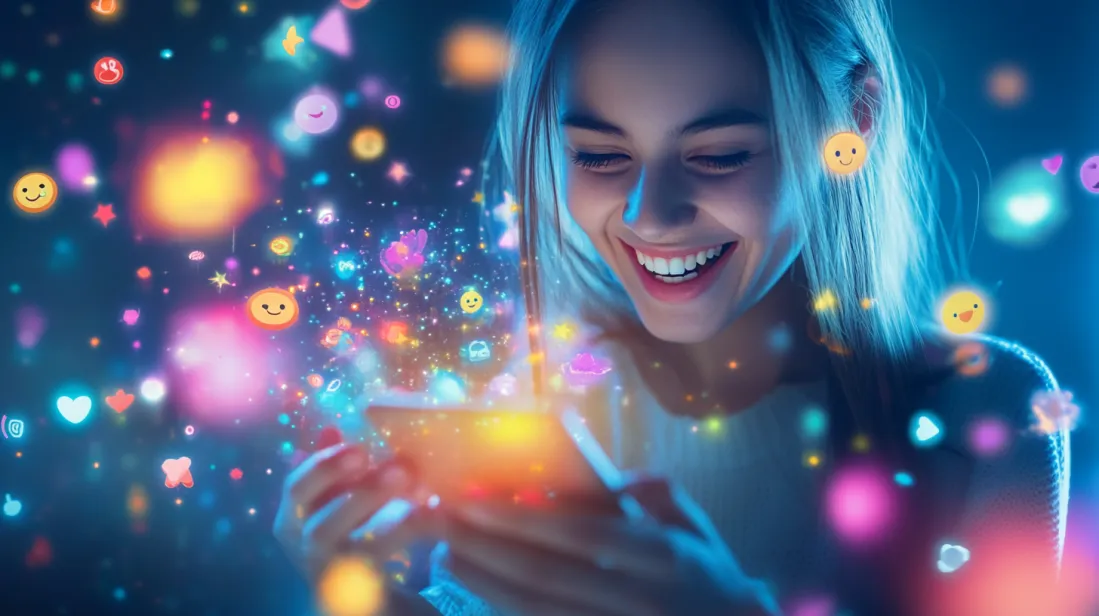
Reflective Design: Creating Lasting Emotional Bonds
Reflective design goes beyond usability and looks at how users perceive and remember your product. It’s about creating a sense of identity and meaning for your audience.
Key Strategies:
- Personalization: Tailor experiences to individual users. Spotify’s playlists or Netflix’s recommendations are great examples of reflective design.
- Storytelling Through Design: Let your product tell a story that aligns with your brand values and resonates with users’ emotions.
- Celebrate Achievements: Gamify interactions by celebrating user milestones, like Duolingo does with streaks and badges.
Case Study: Tesla users feel they’re part of a mission to revolutionize sustainability, which aligns with their personal values. This emotional connection drives loyalty far beyond the product’s features.
Related Work: Learn more about how we’ve built reflective designs in our projects.
Measuring the Impact of Emotional Design
How do you know if your emotional design strategy is working? Metrics like user engagement, retention rates, and NPS (Net Promoter Score) are clear indicators of success.
Tools to Track Emotional Engagement:
- Hotjar: For tracking user behavior and identifying emotional touchpoints.
- A/B Testing: Compare versions of designs to see which elicits stronger reactions.
- Feedback Surveys: Ask users directly how your design makes them feel. Gather qualitative insights to refine your approach.
External Resource: Check out Hotjar’s learning to learn how to map user emotions through heatmaps and session recordings.
Pro Tip: Emotional design isn’t static. Continuously gather data and iterate based on feedback to ensure your designs evolve with user expectations.
Conclusion: Designing for the Heart, Not Just the Eye
Emotional design is no longer optional—it’s essential for creating digital products that stand out. By understanding your users’ emotions and embedding them into every touchpoint of your design, you can create experiences that not only solve problems but also inspire, delight, and connect.
Whether it’s through stunning visuals, intuitive usability, or reflective storytelling, emotional design has the power to turn users into loyal advocates.
At Almax Agency, we specialize in crafting designs that go beyond functionality to create lasting emotional connections. Ready to transform your product into something unforgettable? Let’s Talk.
Explore our success stories and designs that resonate emotionally on Behance.
